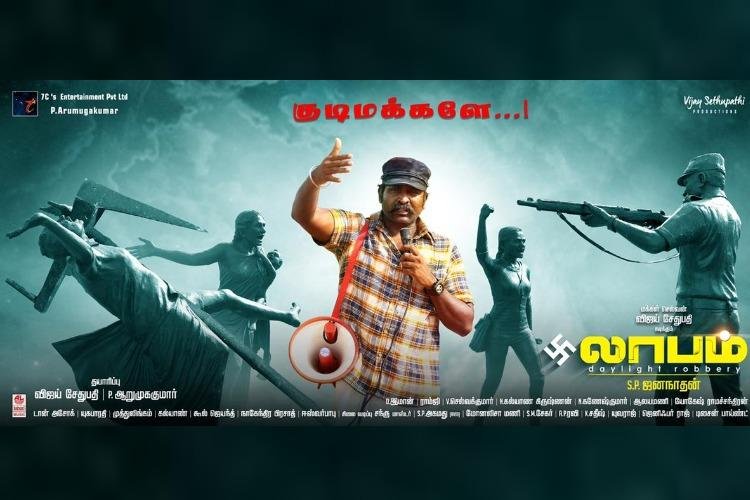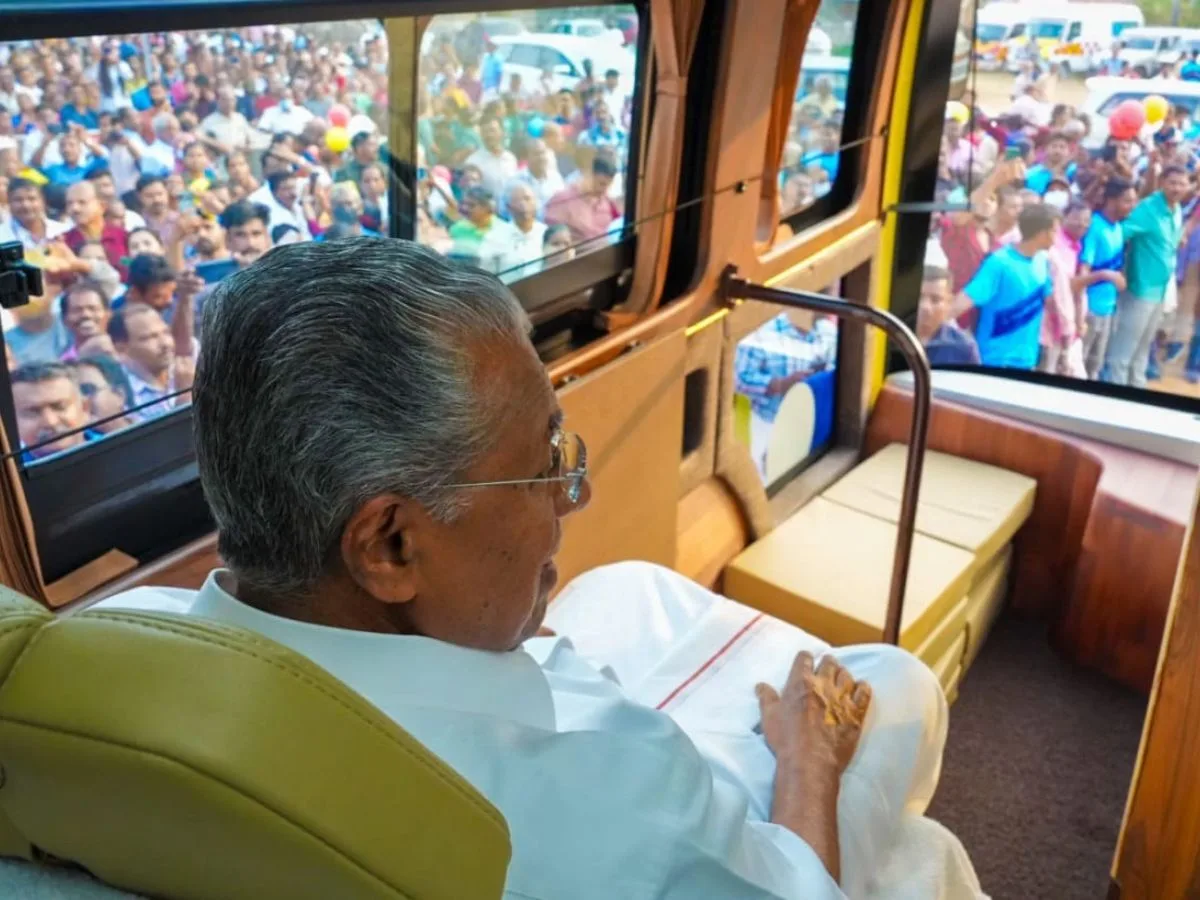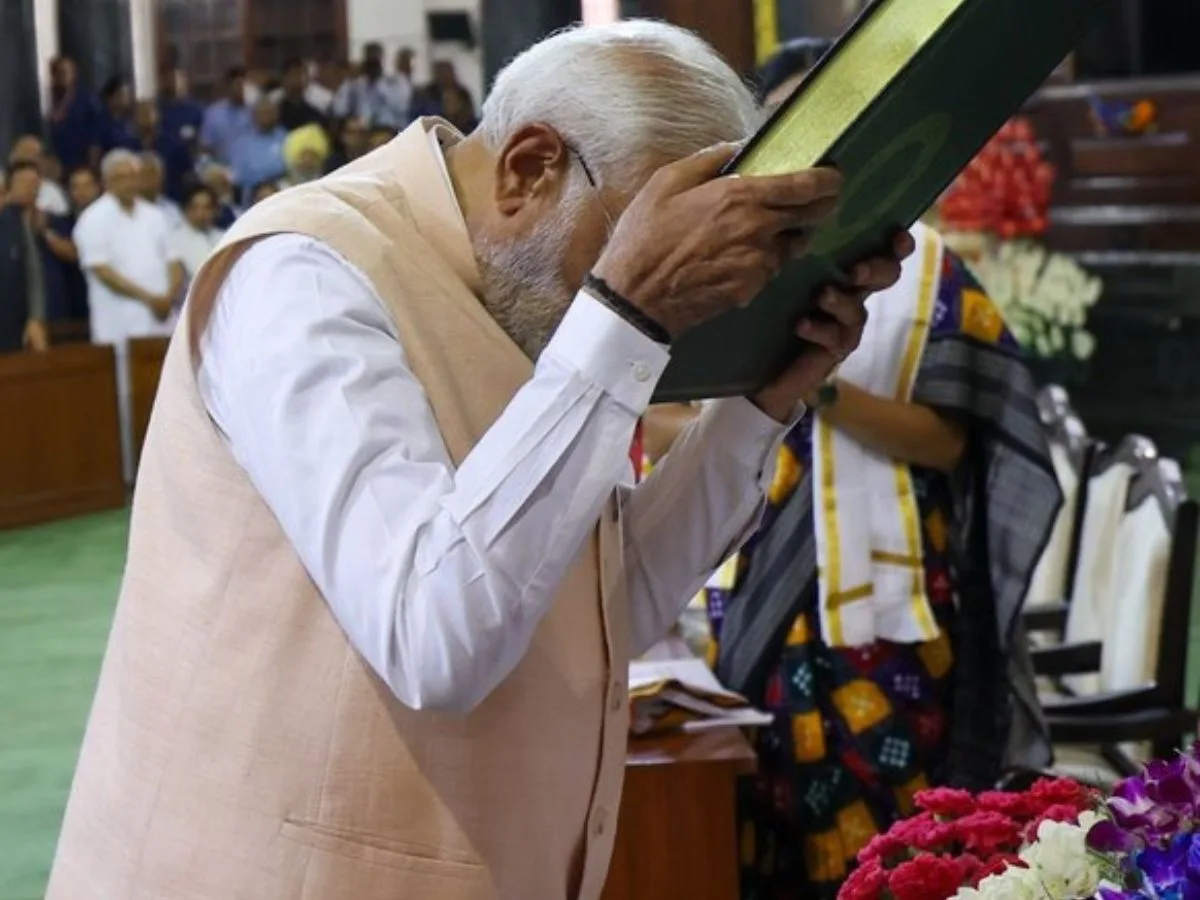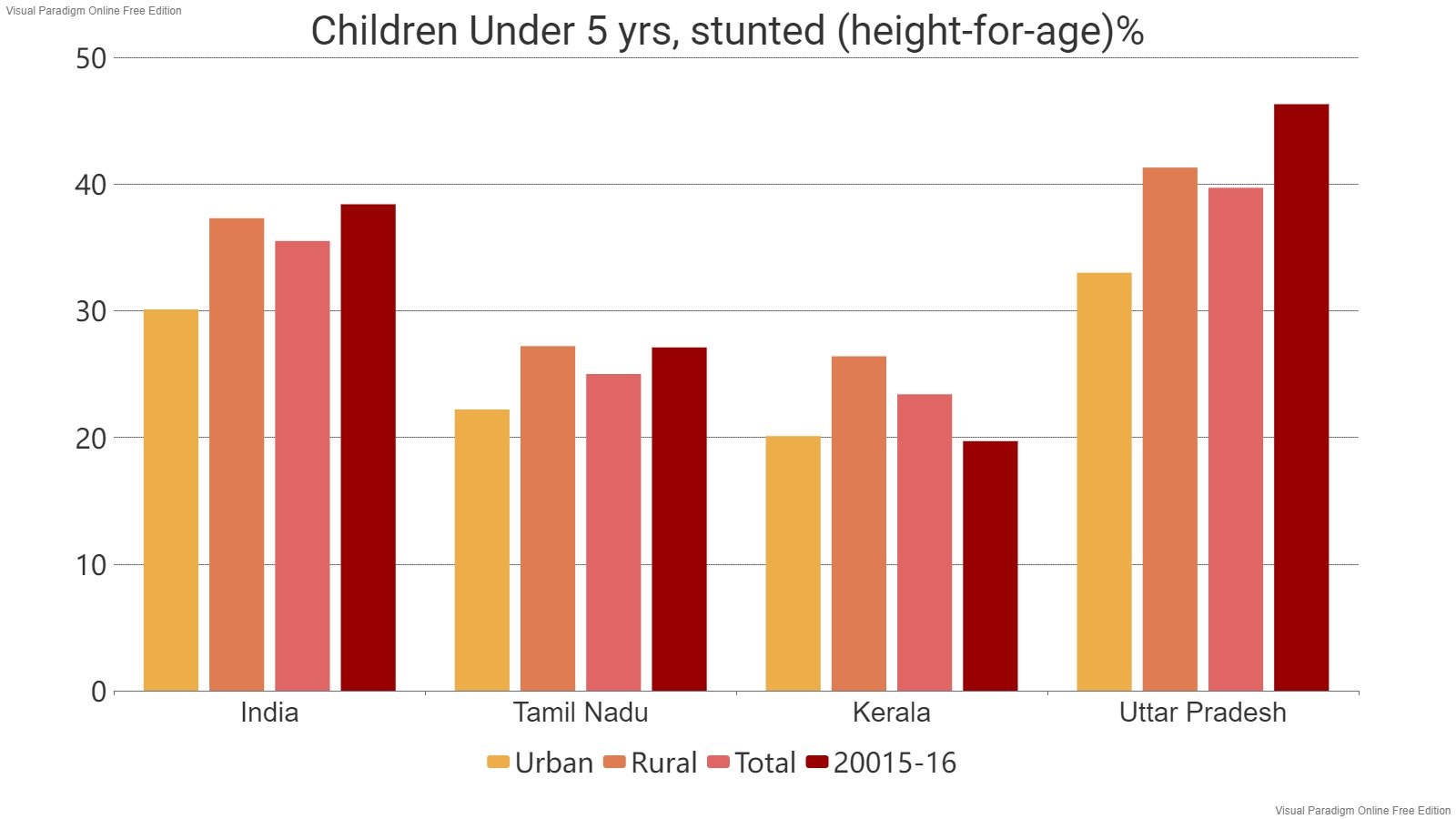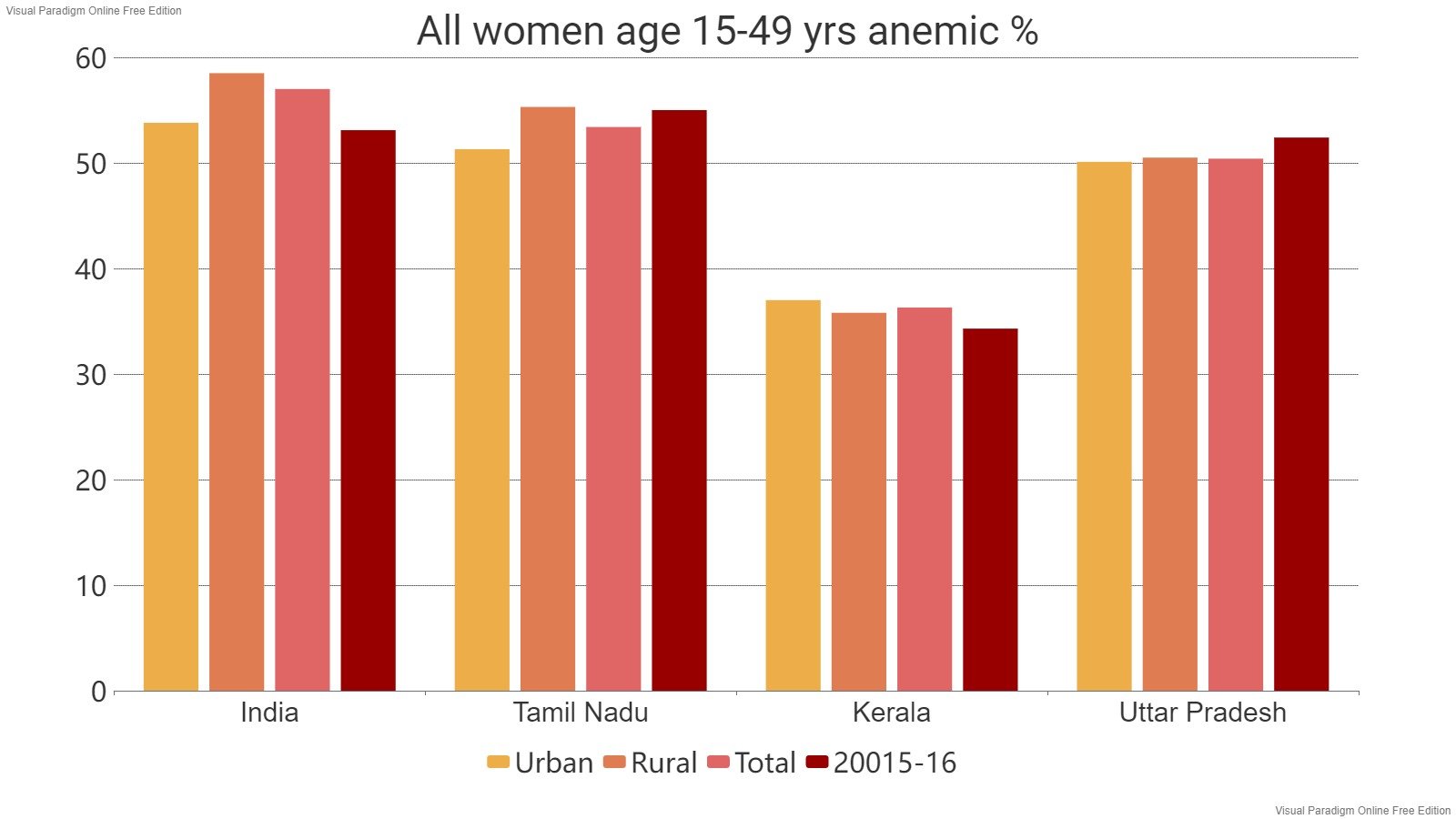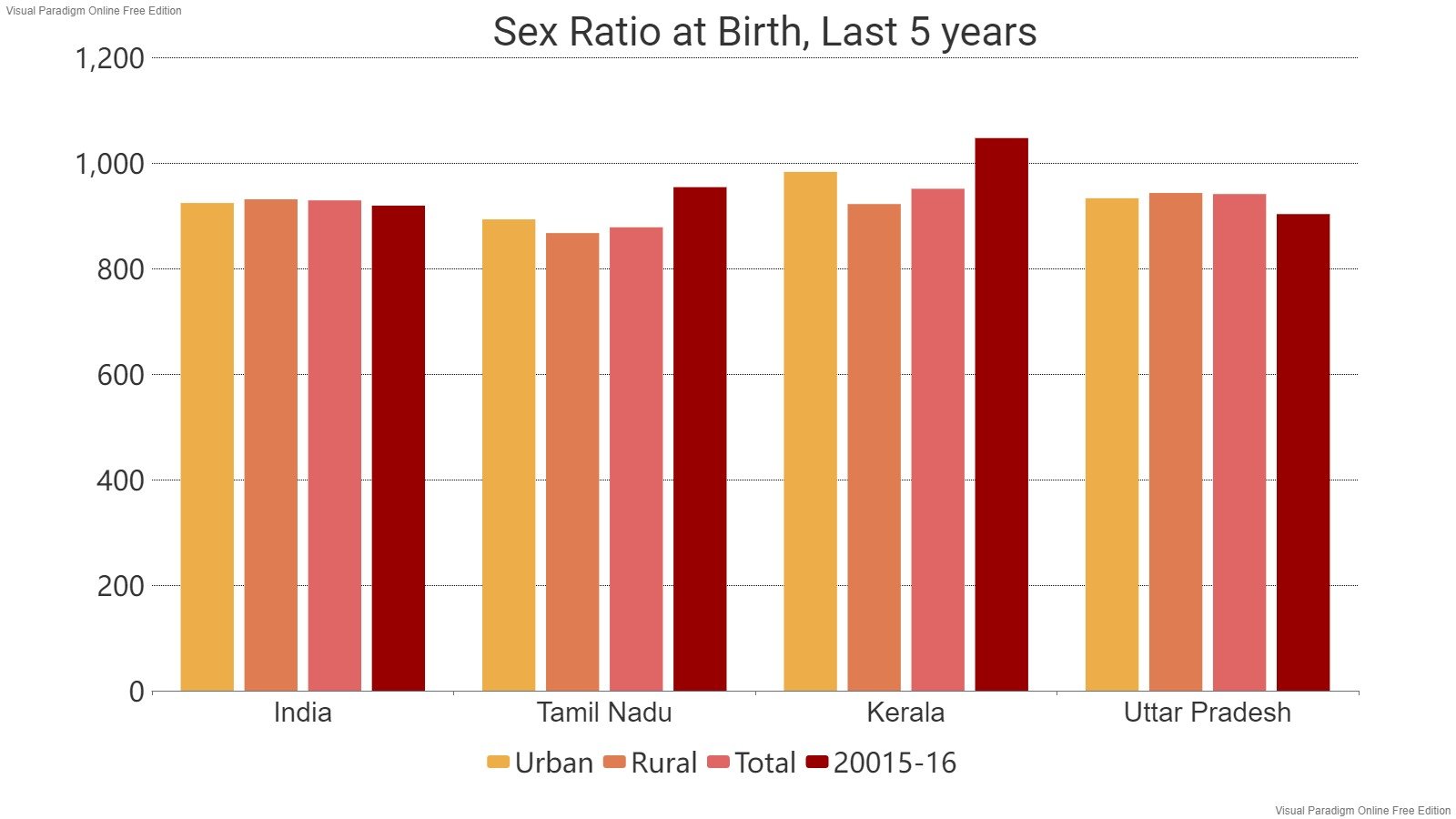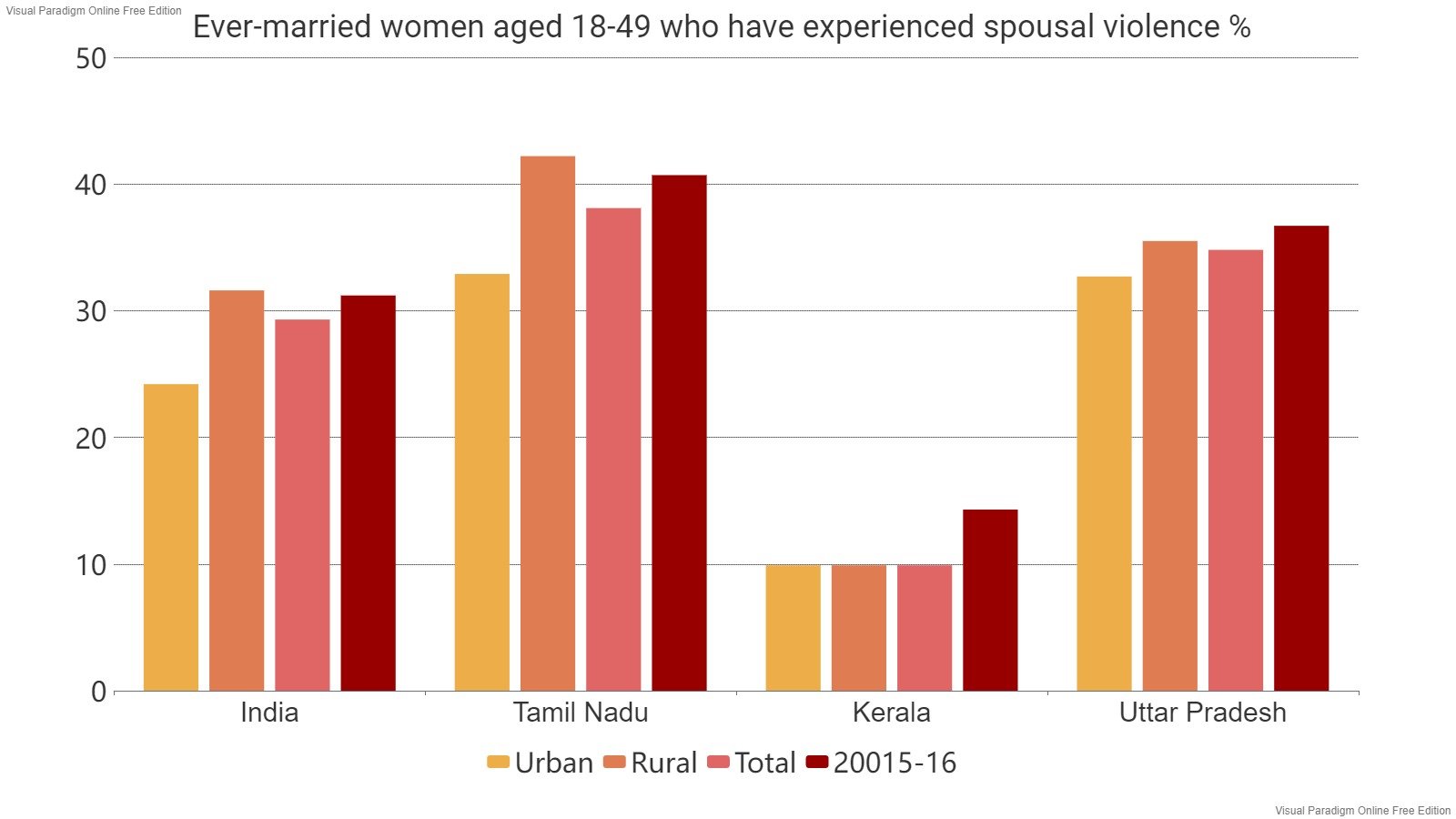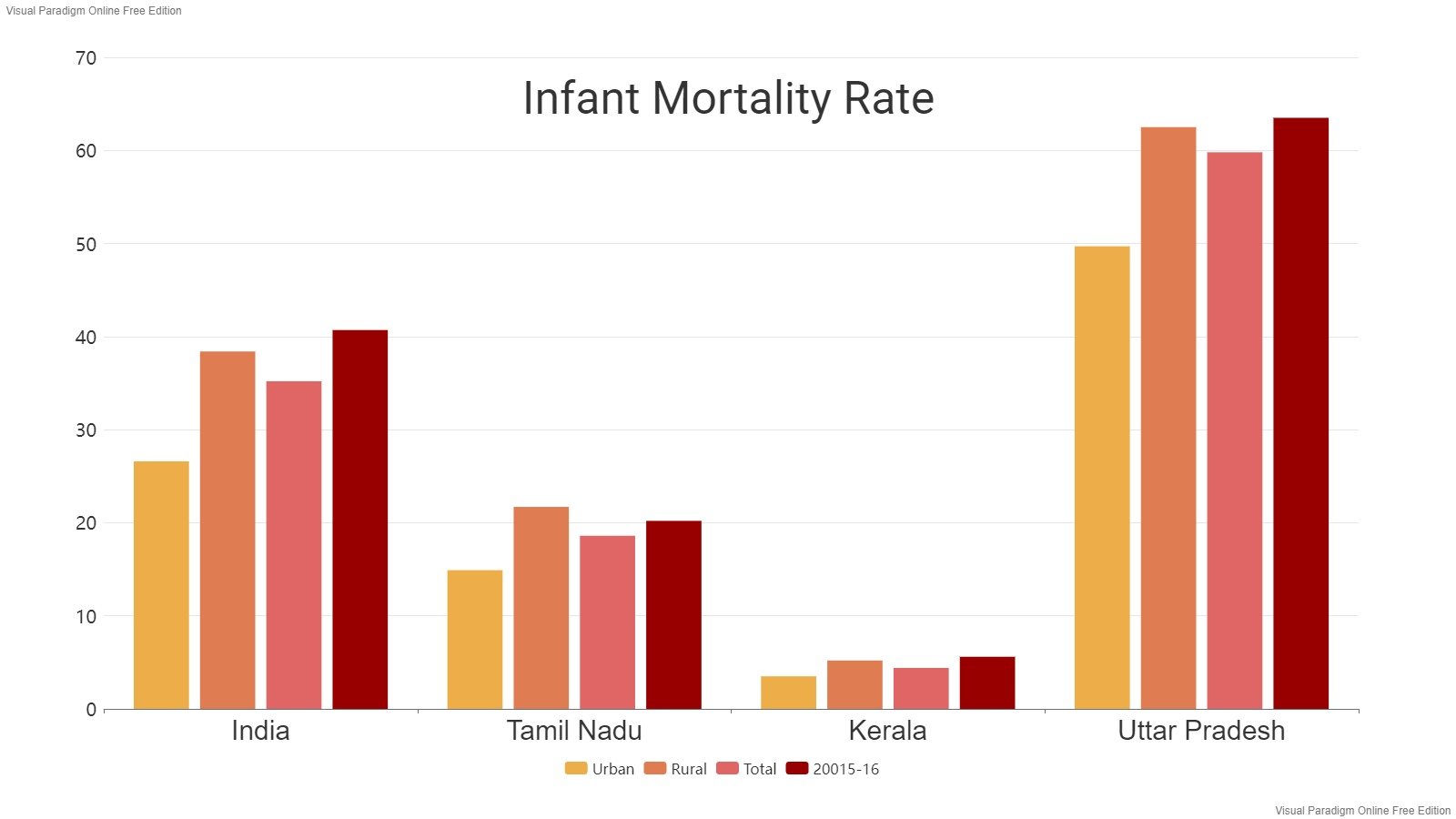Read in : தமிழ்
Though Tamil cinema is mostly commercial, some writers and directors have discussed ideologies within the space available to them. When cinema grew into a mass media in the 1940s, ideas of freedom struggle were scattered in Tamil movies. After independence, films celebrating patriotism, national unity and integrity attracted huge crowds.
However, writers, actors, directors and lyricists with their leanings towards Dravidian ideology gradually captured Tamil cinema and through it went on to capture Fort St. George. Poverty, exploitation, and Tamil pride were the central themes around which films of Dravidian stalwarts revolved. Films like ‘Veerapandia Kattabomman’ and ‘Kappalottiya Thamizhan’ hit the screens when Dravidian writers were ruling Tamil cinema. While Dravidian writers made films linking politics and Tamil, directors like AP Nagarajan propagated the ideals of Thamizharasu Kazhagam founded by Ma Po Sivagnam that stressed on the relationship between Tamil and religion through mythological movies such as ‘Thiruvilaiyaadal’, ‘Thiruvarutselvar’, and ‘Thirumal Perumai’.
Dravidian leaders and former chief ministers CN Annadurai and M Karunanidhi had set foot in Kollywood even before Independence and ‘matinee idol’ MGR joined a decade later. Interestingly, Malayalam cinema and Bengali cinema were revolving around Marxist themes. But Tamil filmmakers were rarely inspired by the neighbouring Kerala.
The international political arena was dominated by capitalism and socialism till the fall of the Soviet Union in 1989. Despite being the one of the two ruling ideologies of the world, Marxism rarely reflected in Tamil cinema, which was totally in the grip of Dravidian writers and actors.
In 1952, ‘Devadoss’ narrated the tale of a broken love due to class difference, but it did not directly touch the Marxist themes of exploitation or class struggle. Instead, it coated the story with a tinge of Vedanta philosophy. Though several Tamil films dabbled with social differences, exploitation and the arrogance of the rich, they were not treated as Marxist themes.
Maxim Gorky defines literature as the conflict between an individual and society, but barring a few films like “Sila Nerangalil Sila Manithargal’, such a conflict-defining progressive cinema never found its place in Kollywood. In the 1950s and 1960s there were a few films propagating secular values and cooperative agriculture. But the filmmakers behind the themes were Congress sympathisers who followed Nehruvian socialism.
Writer Jeyakandhan was the only progressive writer to make a few films like ‘Yaarukkaaga Azhudhaan’, ‘Paathai Theriyudhu Paar’, ‘Oru Nadigai Naadagam Paarkiraal” and ‘Sila Nerangalil Sila Manithargal’. Barring ‘Sila Nerangalil Sila Manidhargal’, which dealt with the Marxist theme of how circumstances and chances determine an individual’s life and not vice-versa, none of the other films were successful.
Though films like ‘Sivappu Malli’ in the 1980s showed workers taking out processions with red flags, they cannot be termed as progressive movies. Lyricist and poet Vairamuthu’s ‘Natpu’ had a few dialogues about socialism.
In the early days of his career, actor Kamal Haasan through his connection with Malayam filmmakers had used a few Marxist ideas in his movies. His ‘Mahanadhi’, for instance, depicts the rotten face of the society and it mirrors Leo Tolstoy’s ‘Resurrection’ in its narration technique of moving from the specific to general. The film portrays how an individual struggles and fights against the social mainstream. His film ‘Devar Magan’ has an underlying Marxist theme that violence is inevitable in a society where violence is the order of the day.
Recently, director Jananathan’s films were the focus of progressive critics who hailed him as a Marxist creator. His film ‘Peranmai’ dealt with the lives of the marginalised and movie ‘Poramboke’ slammed capital punishment. His last film ‘Laabam’ which was aimed at explaining Karl Marx theory of surplus value and how capitalists derive profits from exploitation of the proletariat failed to convey the idea as he died before the movie’s completion. The film did not draw sufficient attention as people’s life was hit by the Covid-19 situation.
Though neighbouring Kerala is producing films like CIA based on socialist themes, its effect on Tamil Nadu’s silver screen is limited. Most of the Tamil films are commercial and they do not deal with public issues. Most films create an illusion among the youth that there is nothing in life other than love. While hero-oriented action films have driven away matured audience from theatres, women who were behind the success of films in the past too have stopped visiting cinema halls. Tamil films are now mostly made for youth who comprise 90 per cent of the audience.
Present-day youth do not read books or newspapers and they rarely know the name Karl Marx. On social media, youths discuss about Ambedkar and EVR Periyar, but discussions about Marxism are rare. Film directors and writers too lack any knowledge about Marxism and films on socialist themes cannot be expected from them.
The national tricolour was raised in Tamil cinema in the 1940s and Dravidian politics took over in the 1950s. After the advent of directors like P Ranjith, Dalit cinema is being widely discussed, but Marxist themes never ruled Kollywood.
Read in : தமிழ்
